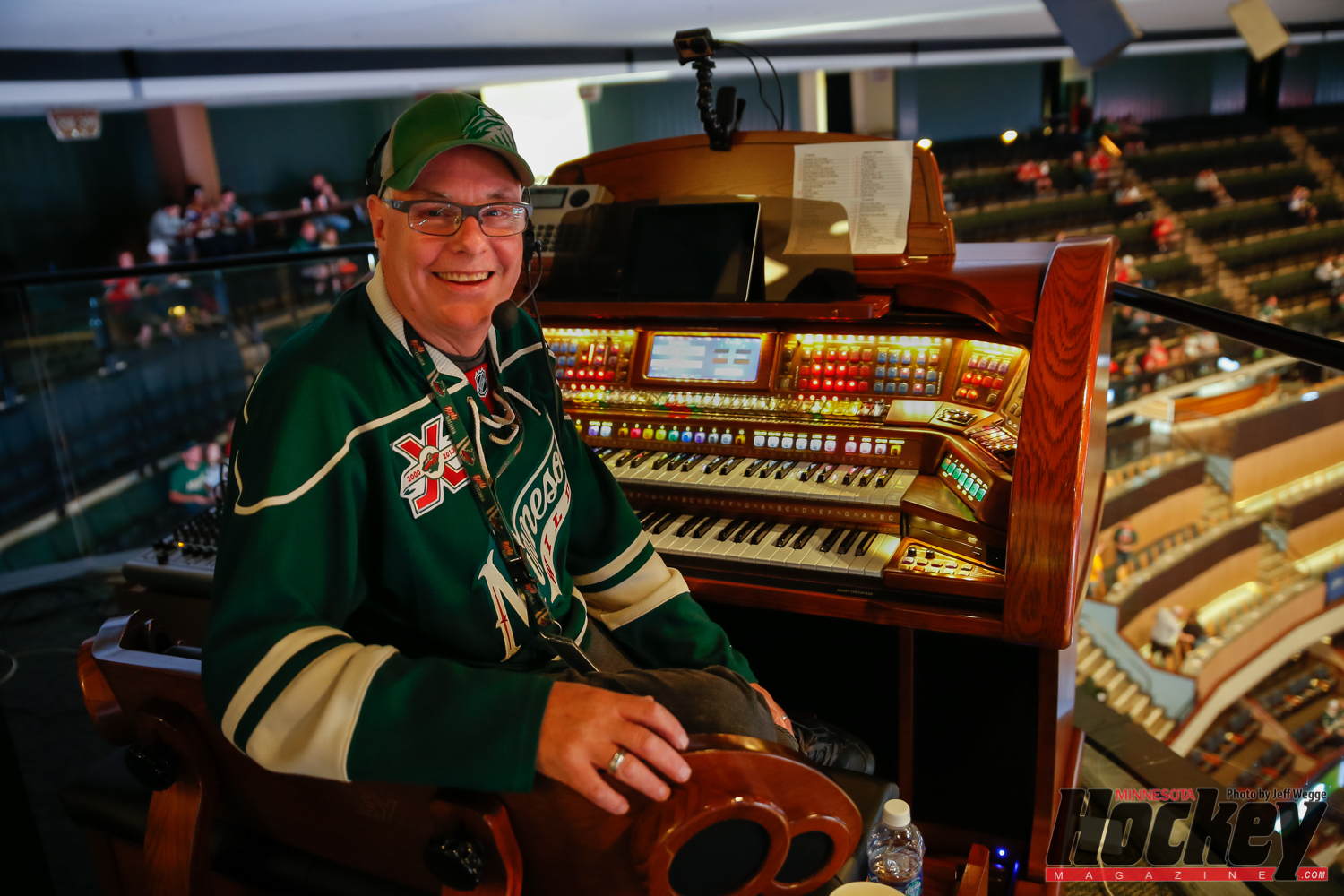





Minnesota sleeps through loss to Jets


Struggling Canucks thankful for Minnesota's giving


Third straight loss hints at dawn of annual mid-season swoon


Dubnyk makes 28 saves, Wild shut out Maple Leafs